Nature sets the pace for Alex Monroe’s first sculpture exhibition
The British designer hops from jewellery to sculpture for his new exhibition at the Garden Museum, London. Here, he tells us why nature should be at the forefront of design
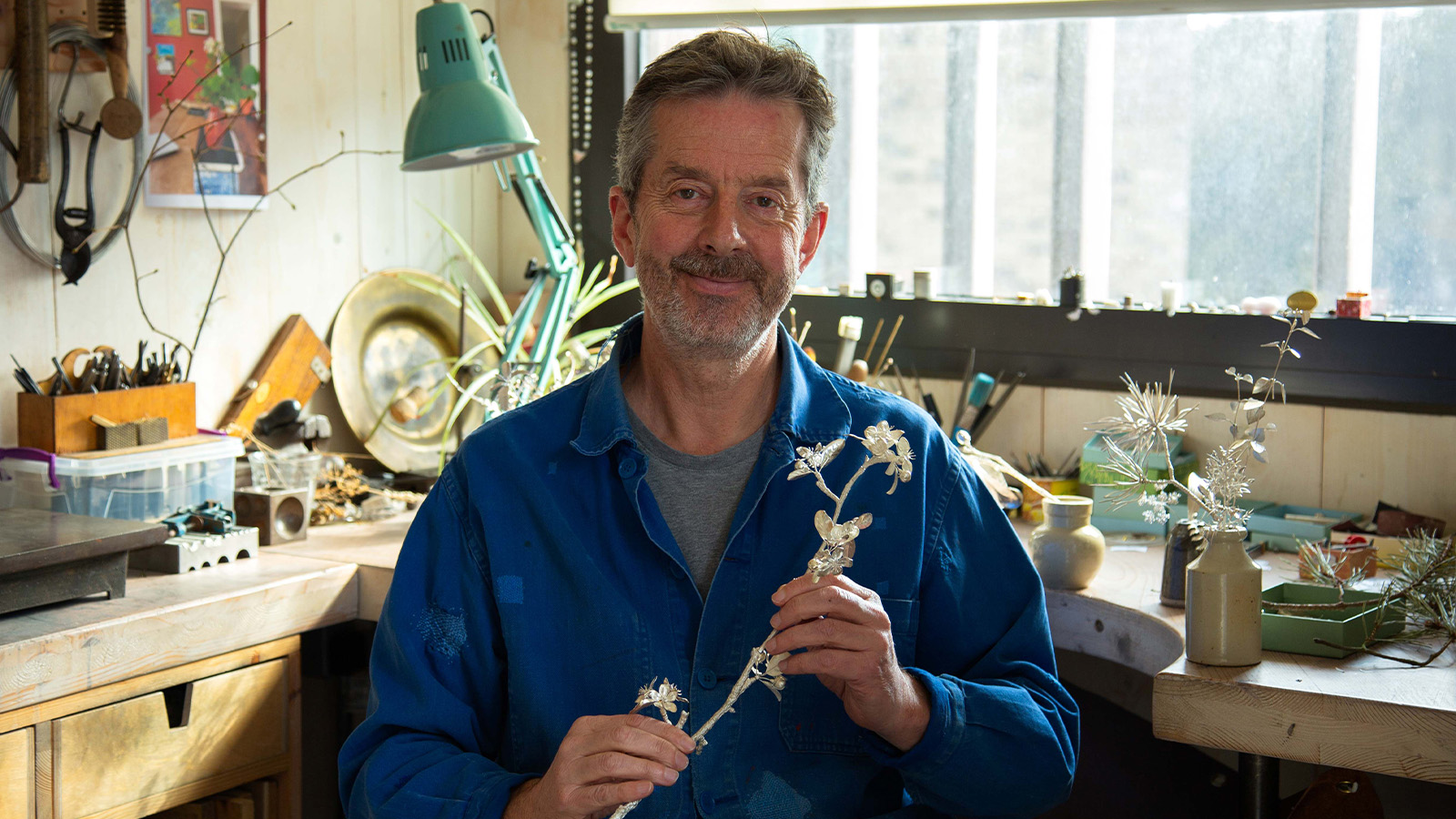
From intricate bumblebees and flying swallows to fat hens and foraging badgers: these humble animals are an inspiration for Alex Monroe, who is known for his delicate, nature-inspired jewellery. Now, the British jewellery designer opens a new chapter to creatively explore his fascination with UK wildlife through a sculpture exhibition at the Garden Museum in London.
The exhibition, titled ‘Into the Wild’, was created in collaboration with floral artist Hazel Gardiner. Looking at five habitats within the UK as inspiration, the sole purpose of the exhibition is to invite viewers to savour a moment to just pause. It's a space to take time away from the rush of life, and contemplate the series of floral sculptures, hand-thrown ceramics, and sketches – a delicately tactile ecosystem built on craftsmanship.
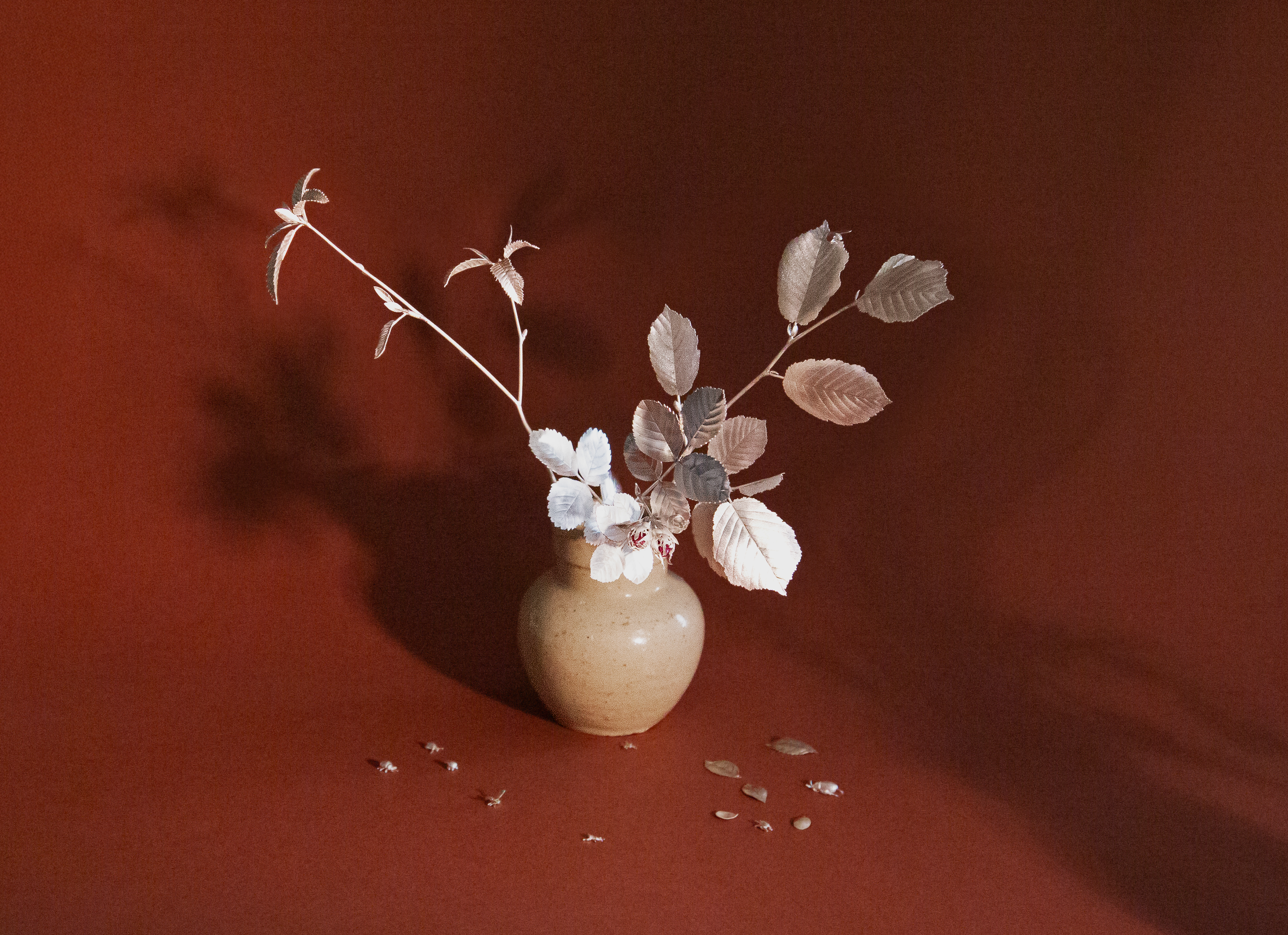
Monroe created his own vases to accompany the sculptures
The five floral sculptures are crafted from silver, with the flower piece featuring an array of rubies. The exhibition dives into the creative process, documenting the trials and errors that Monroe made before realising the finished pieces. The exhibition will also be accompanied by ‘Wild Botany’, a jewellery collection of 20 pieces inspired by the exhibition’s concept.
In a world where climate discussion is all too often pushed to the wayside, Monroe talked with Wallpaper* about why nature should be at the forefront of design, and the joy in taking time to notice our environment's details.
Alex Monroe on his new sculptures, and a very personal passion for nature
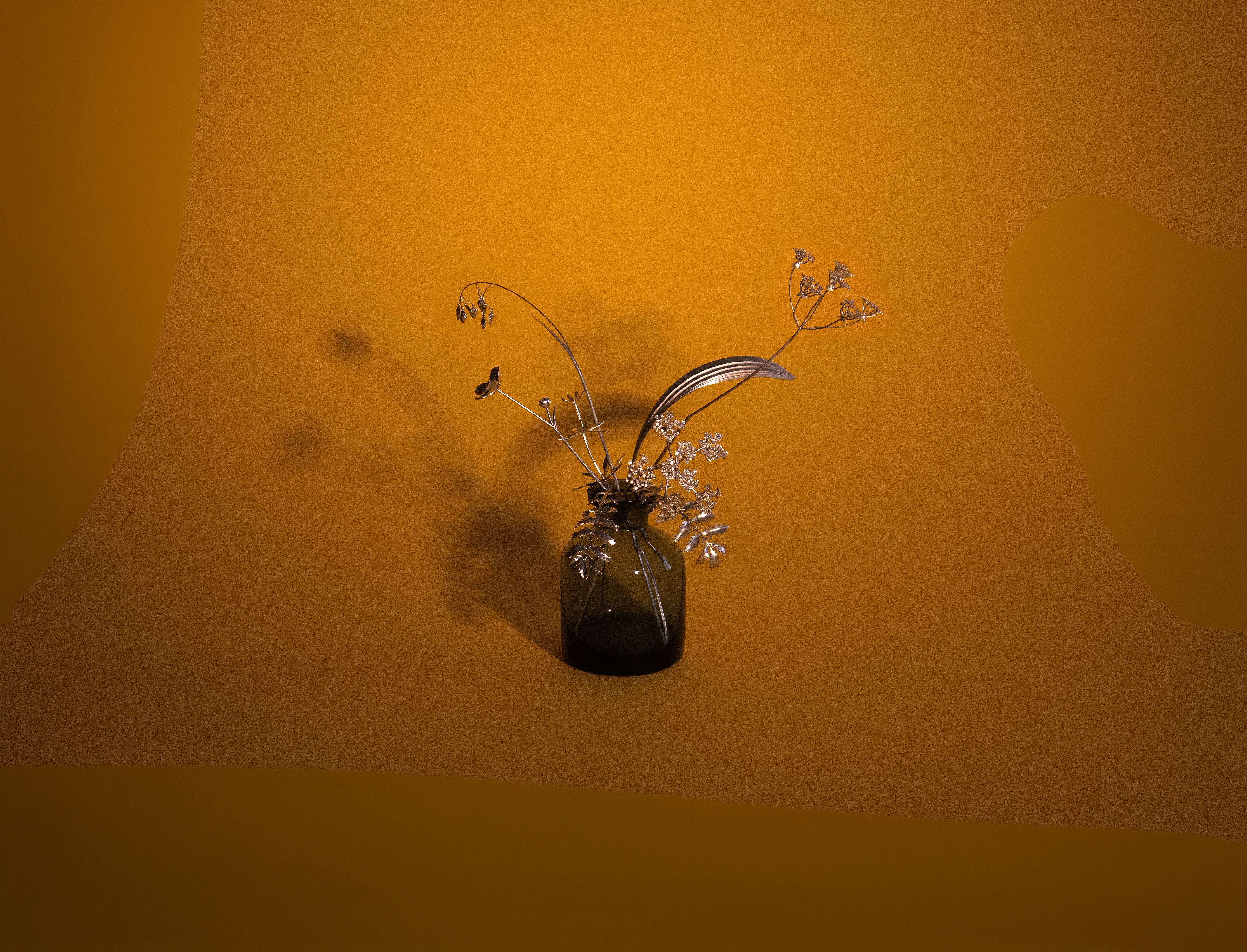
Wallpaper*: Congratulations on your debut exhibition! Reconnecting with nature seems to be a topic at the forefront of the design world. What makes your exhibition different to what we have seen from you before?
Alex Monroe: All the work in the exhibition is unmistakably my work, so you’ll recognise it… but the finished pieces aren’t jewellery, I’ve made sculptures. Although there is a collection of jewellery inspired by the work I did on the exhibition, which will be on display in the shop. I couldn’t help myself… once a jeweller, always a jeweller.
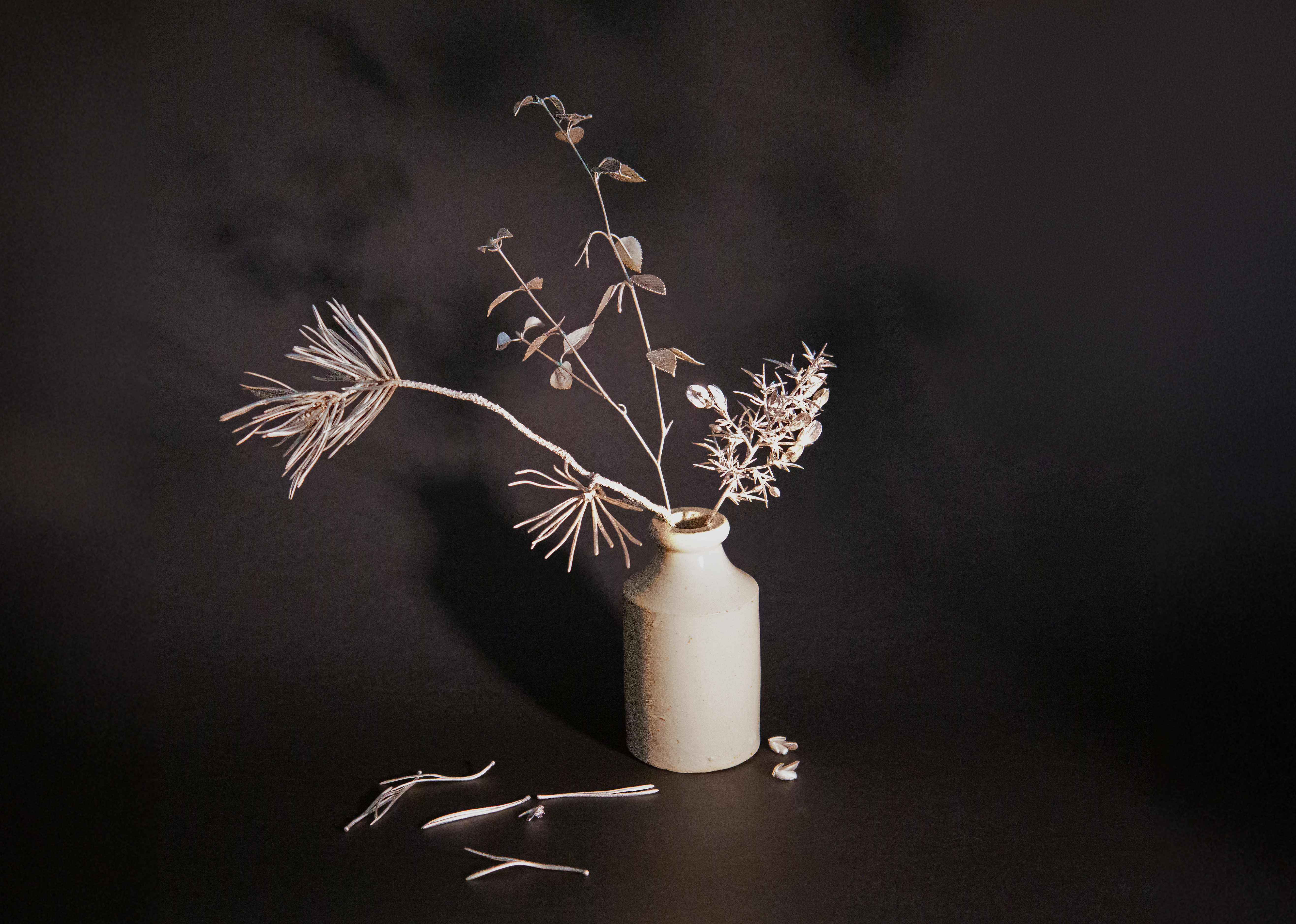
I’ve always studied plants and insects through drawing and then I’ve made interpretations of them in silver. My work is quite forensic, meaning I sketch and create as a way of uncovering information. I often dissect things or collect specimens, and I press plants in my sketch books. I suppose artists and scientists are the same; we’re all just trying to understand things, to understand life. I usually translate all my thoughts and drawings into jewellery because I’m a jeweller. I wonder how they could work on the body. Jewellery is such a fascinating discipline, it’s worn on the body and carried with you. It has to work on the human form.
Wallpaper* Newsletter
Receive our daily digest of inspiration, escapism and design stories from around the world direct to your inbox.
After a lifetime of using jewellery as my medium, I’ve decided to be purely sculptural. I’ve long been fascinated by classic still lifes, particularly Dutch tulip paintings or Spanish still lifes. The human is slightly removed from the work and observes it. It’s been really fun to shift the viewpoint and discover how that changes things.
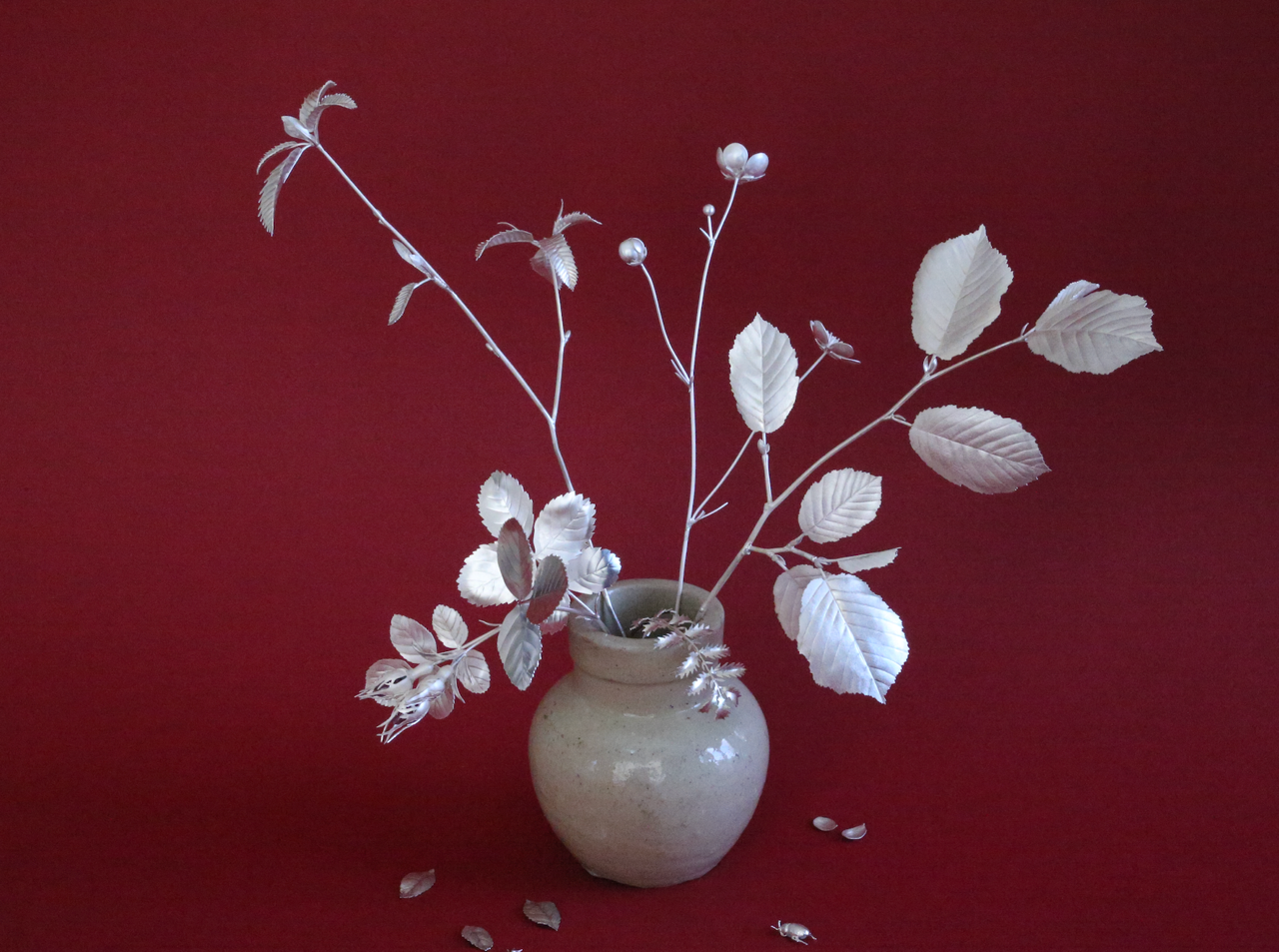
W*: Why is connecting with nature important to feed into your creativity and what is it about UK wildlife that inspires you?
AM: This isn’t something I have a choice in. My earliest memories are of lying on my tummy looking at ants or trying to draw the birds I’d seen. In many ways my need to be connected to nature grew stronger when I moved to the city all those years ago. I’ve always felt that we have more than enough extraordinary beauty right here where we live to last a lifetime. Sometimes the desire to search for things further afield means you can miss what’s right under your nose. I spent some time in temperate rainforests in Devon and it was just amazing, like something you’d expect to see in a Jurassic Park movie. We have everything right here, and I think sometimes we just don’t take the time to notice it.
What’s lovely is that now I draw with my daughters. We never go anywhere without a sketch book and a pencil.
‘I suppose artists and scientists are the same; we’re all just trying to understand things, to understand life’
Alex Monroe
W*: What inspired you to start throwing clay?
AM: I can remember making clay pots in primary school so this isn’t something new for me. Actually, I’m doing a farming and biodiversity project in Suffolk and when I came across clay on the land I immediately dug some up, formed it into thumb pots, fired and glazed them. This is just part of life for me. I did study ceramics properly when I was on my foundation course, and luckily I hadn’t lost the ability to throw a decent pot. My daughter has a studio in Peckham, so she helped me. I definitely needed help making the glazes and getting the technical things right, such as firing.
I’m a craftsperson and we make things. I feel like these skills have been undervalued. In this exhibition, I hope to share with the viewer the importance of patient observation, and of craftsmanship. I did the drawing. I made the sculptures. I made the plinths. I made the pots. I harvested hay from each location and I burned it into ash and I made the glazes for the pots out of the ash. By taking time and care, I hope to engage with the viewer, not just so they can enjoy the exhibition, but perhaps they can reflect on some of the ideas I’m exploring.
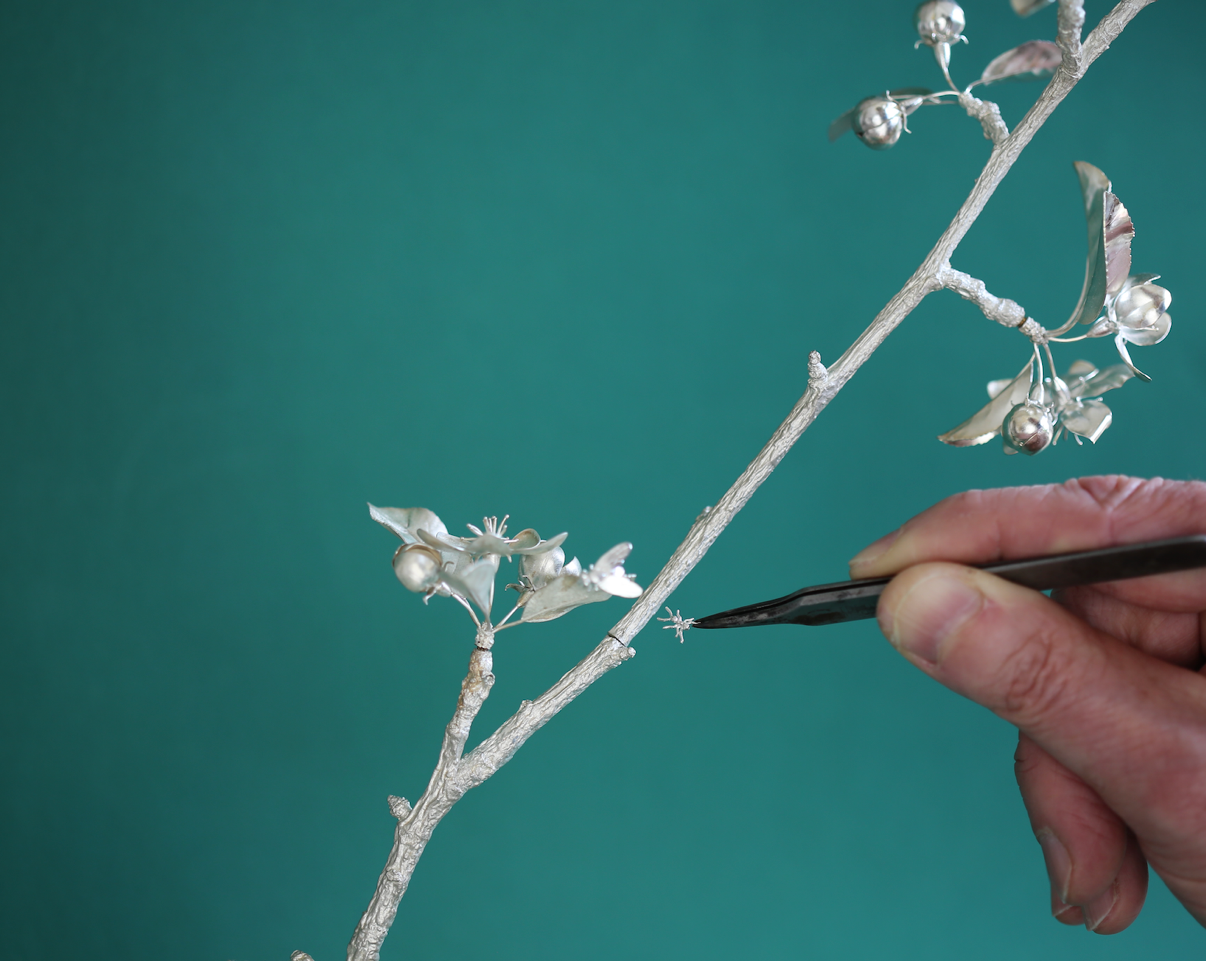
W*: What challenges did staging the exhibition present?
AM: I already have a challenging job designing jewellery and running the business. Also, I’m trying to establish a farm as part of my environmental work. This [exhibition] has been two years of wonderful, but quite challenging work, so I must admit it’s been quite tiring.
I always worry whether I’ve done enough. If people take time to come and see the pieces, I want to make sure I’ve done everything I possibly can to engage with them. I’m aware it will never feel adequate. I could do with an 'off' button!
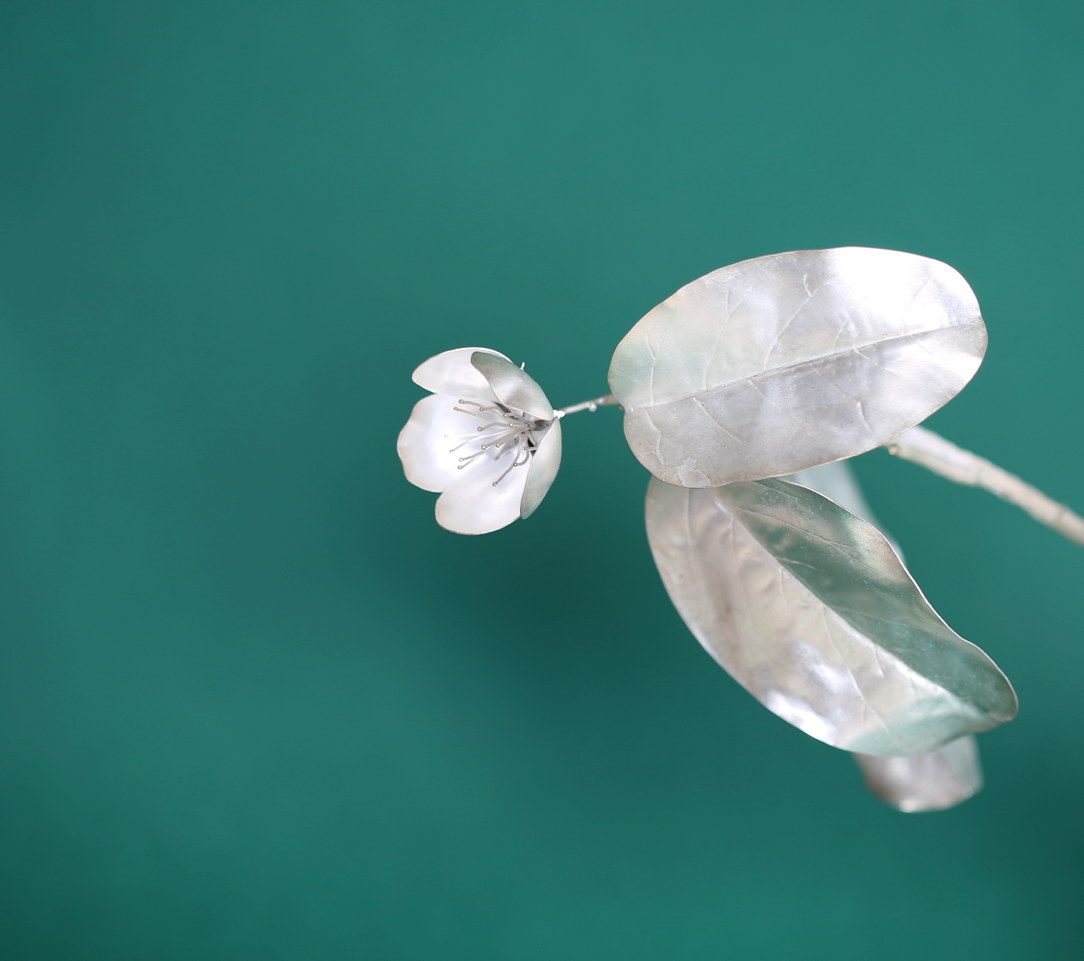
W*: A lot of your work is inspired by your childhood, having grown up around an abundance of nature. When creating the exhibition, was there any sense of nostalgia for you?
AM: A large part of my work explores nostalgia and I don’t seem to be able to escape it. As the pace of life speeds up exponentially, I find comfort in remembering what is important. The great thing about drawing is that it goes at a pace unchanged forever. The same applies to the making process. Sitting in Martin’s Meadow in Suffolk, drawing cowslip and fritillary, I can’t help feeling the centuries these few pockets of land have gone through and remained unaltered, the natural rhythm of nature unchanged. Down in the damp gullies of a temperate rainforest, you are in an eerily prehistoric environment. There’s no escaping nostalgia in these places.
We have so much today, but there is a peace and tranquillity in losing yourself in an environment where you can focus on just one thing and where nature sets the pace.
Alex Monroe's 'Into the Wild' opens 1 May 2025 at the Garden Museum in London gardenmuseum.org.uk alexmonroe.com
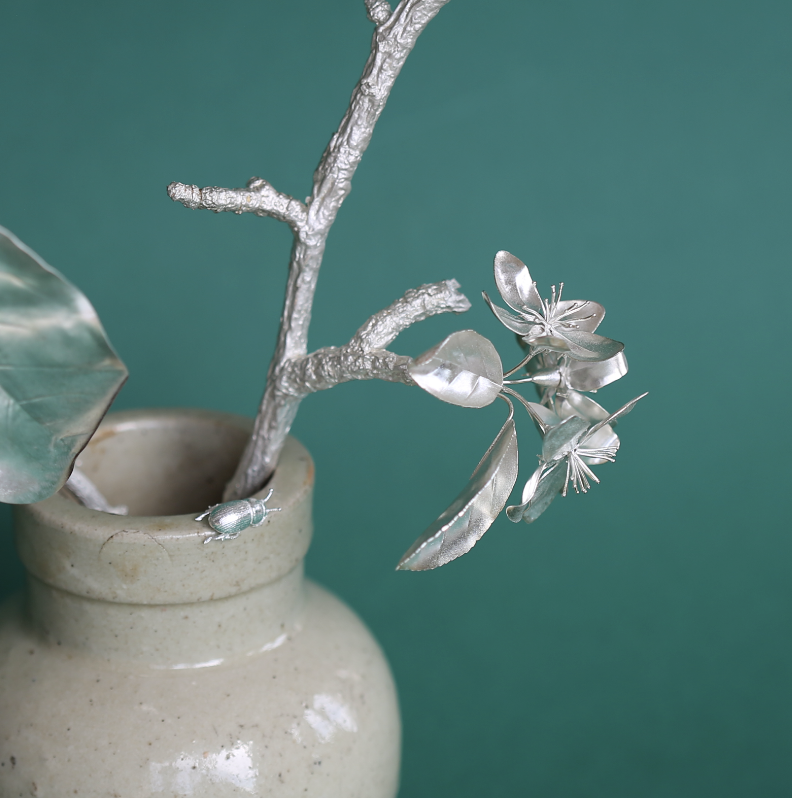
Tianna Williams is Wallpaper*s staff writer. Before joining the team in 2023, she contributed to BBC Wales, SurfGirl Magazine, Parisian Vibe, The Rakish Gent, and Country Life, with work spanning from social media content creation to editorial. When she isn’t writing extensively across varying content pillars ranging from design, and architecture to travel, and art, she also helps put together the daily newsletter. She enjoys speaking to emerging artists, designers, and architects, writing about gorgeously designed houses and restaurants, and day-dreaming about her next travel destination.
-
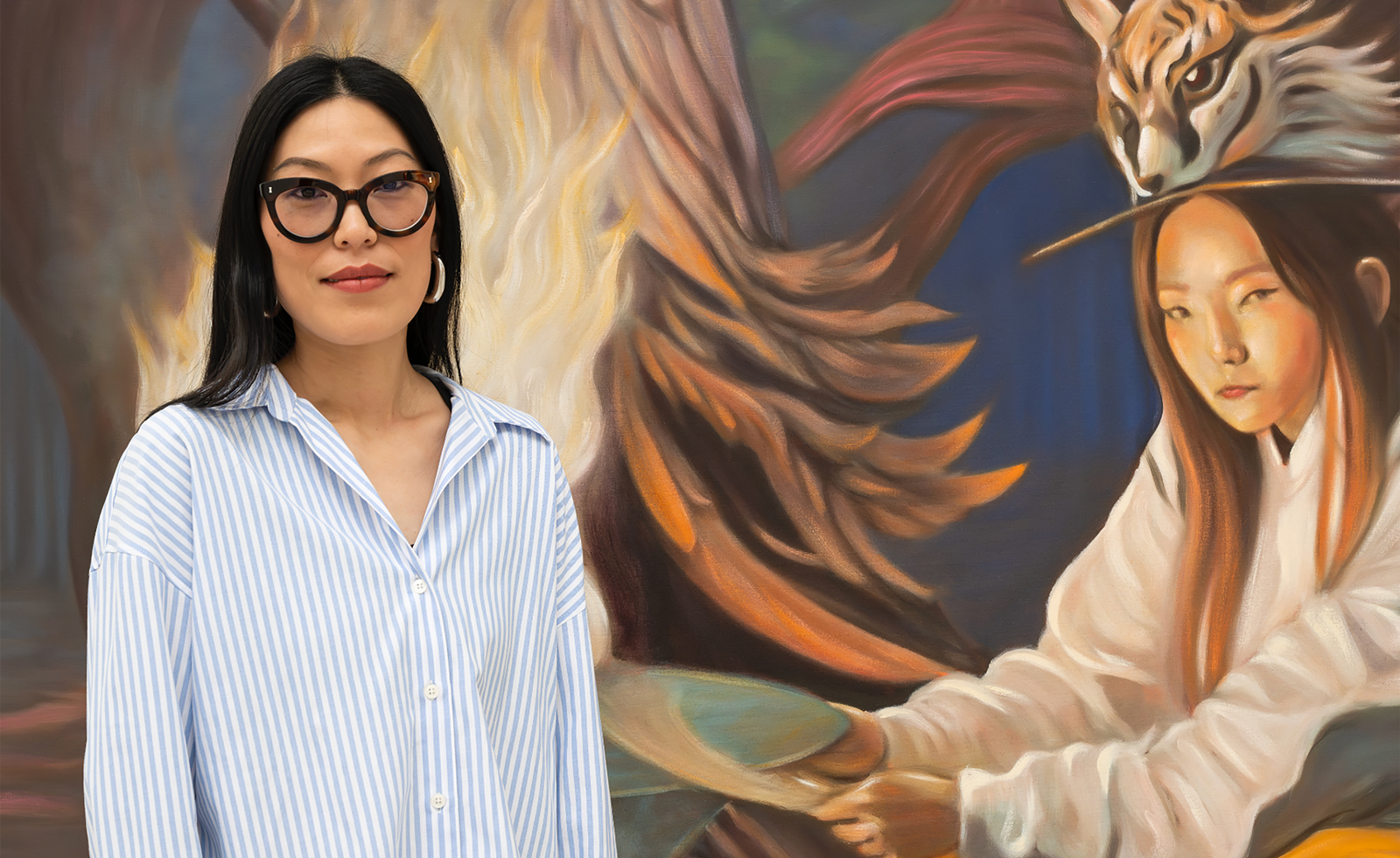 Meet the Turner Prize 2025 shortlisted artists
Meet the Turner Prize 2025 shortlisted artistsNnena Kalu, Rene Matić, Mohammed Sami and Zadie Xa are in the running for the Turner Prize 2025 – here they are with their work
By Hannah Silver
-
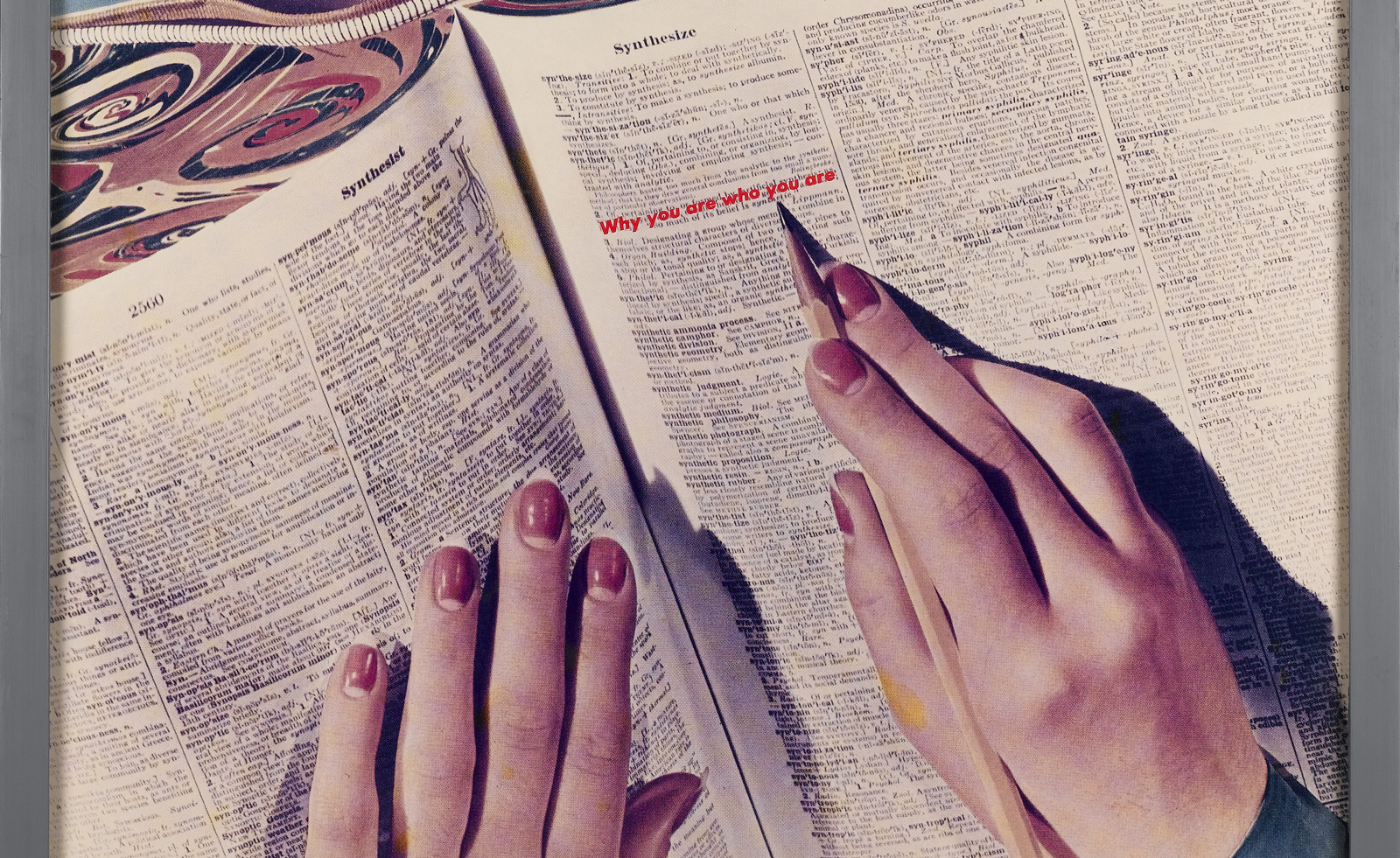 Take a rare chance to see the astonishing Ringier Collection of artworks in Düsseldorf
Take a rare chance to see the astonishing Ringier Collection of artworks in DüsseldorfFrom Barbara Kruger to Sylvie Fleury: publishing mogul Michael Ringier opens his private art collection to the public, sharing 500 works, and tells us what makes great art
By Harriet Quick
-
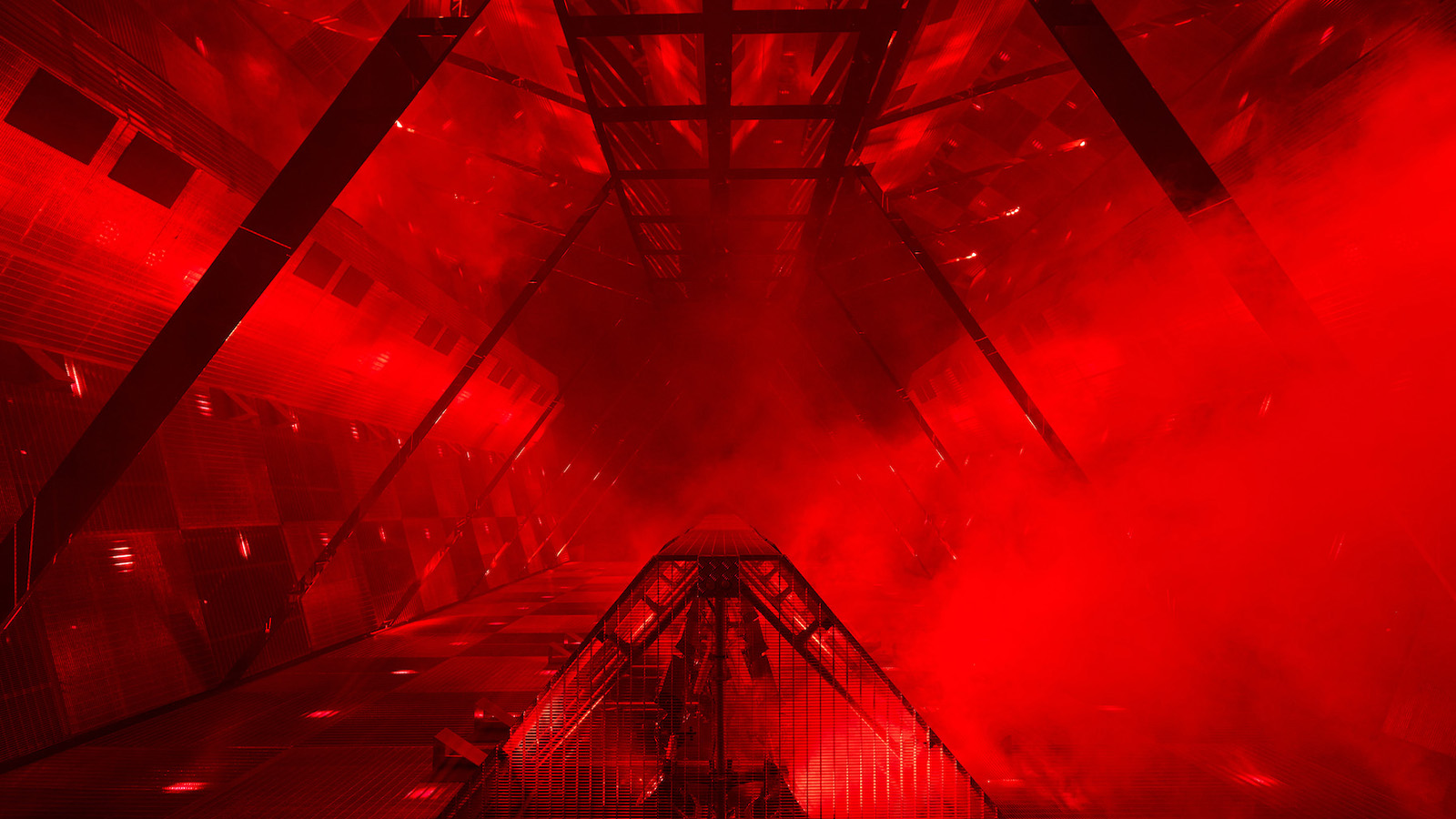 Willo Perron on his sound-inspired collaboration with Vans at Milan Design Week: ‘does frequency have an architecture?’
Willo Perron on his sound-inspired collaboration with Vans at Milan Design Week: ‘does frequency have an architecture?’Launching Vans’ Old Skool 36 FM sneaker, the Willo Perron-designed installation at Milan Design Week 2025 was inspired by the invisible architecture of sound
By Simon Mills
-
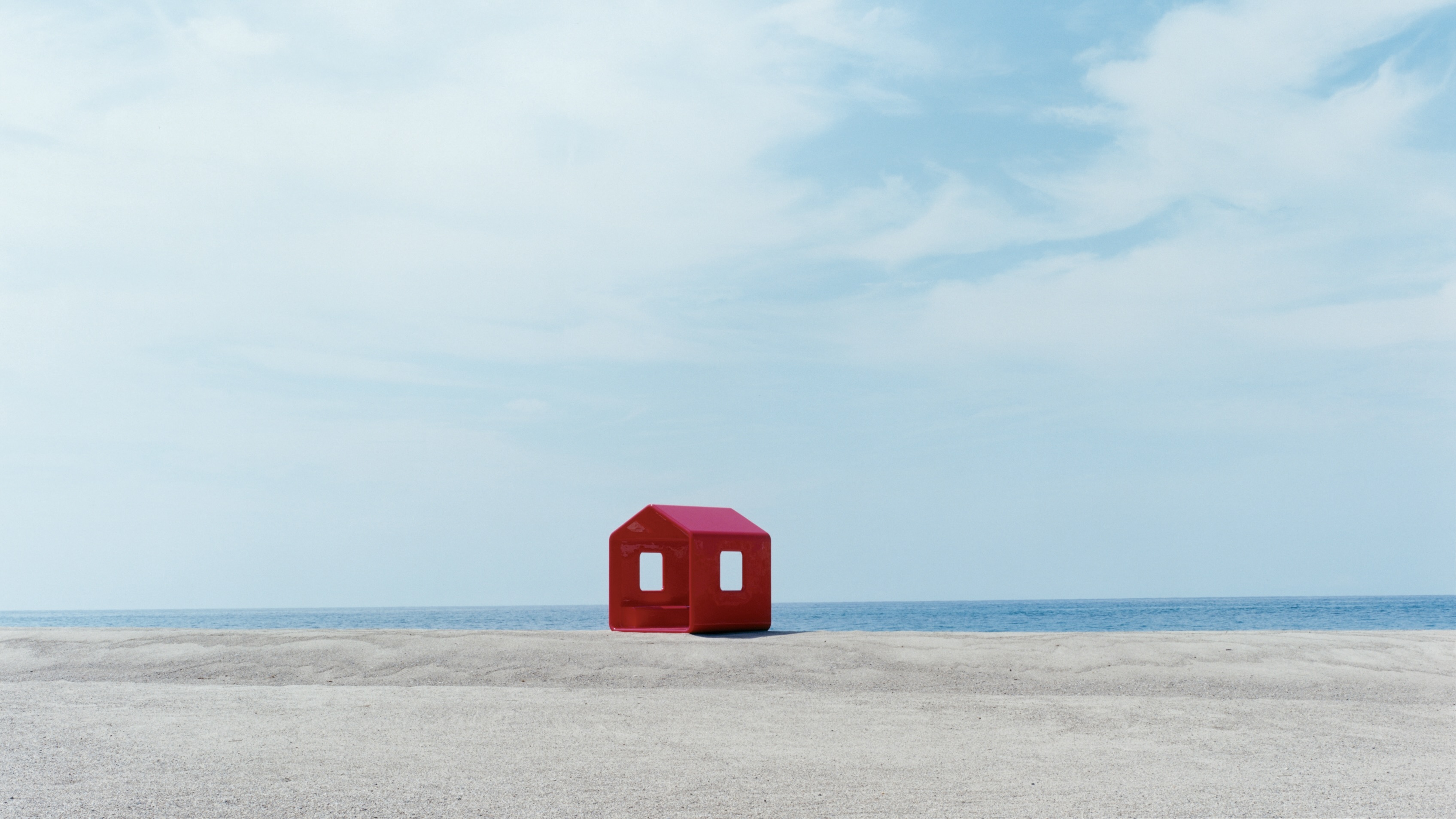 Naoto Fukasawa sparks children’s imaginations with play sculptures
Naoto Fukasawa sparks children’s imaginations with play sculpturesThe Japanese designer creates an intuitive series of bold play sculptures, designed to spark children’s desire to play without thinking
By Danielle Demetriou
-
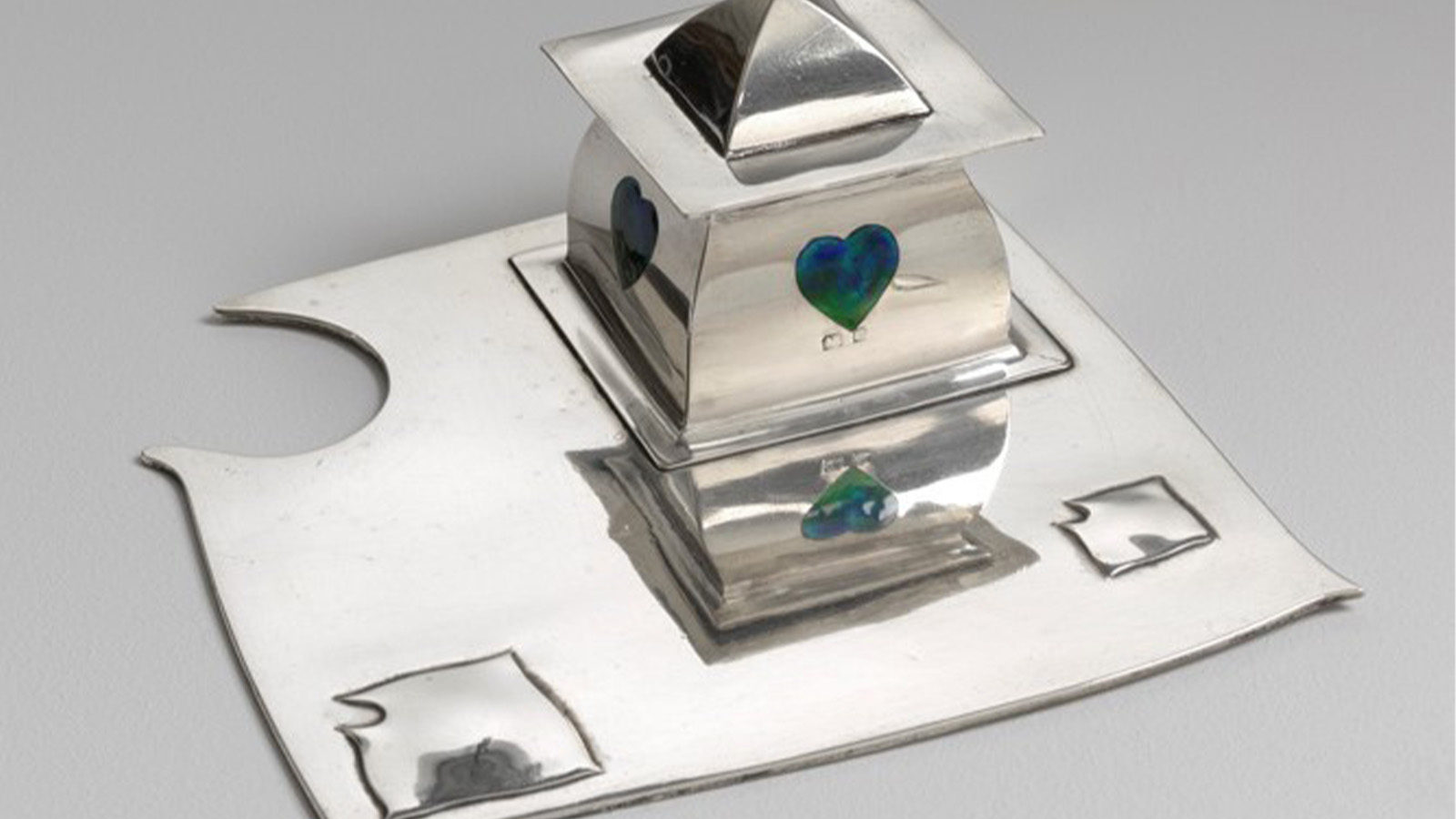 On the Isle of Man, the secret history of designer Archibald Knox is revealed
On the Isle of Man, the secret history of designer Archibald Knox is revealedThe mysterious life and works of local designer Archibald Knox is celebrated in a retrospective at Manx Museum, spanning silverware, furniture, clocks and more
By Emma O'Kelly
-
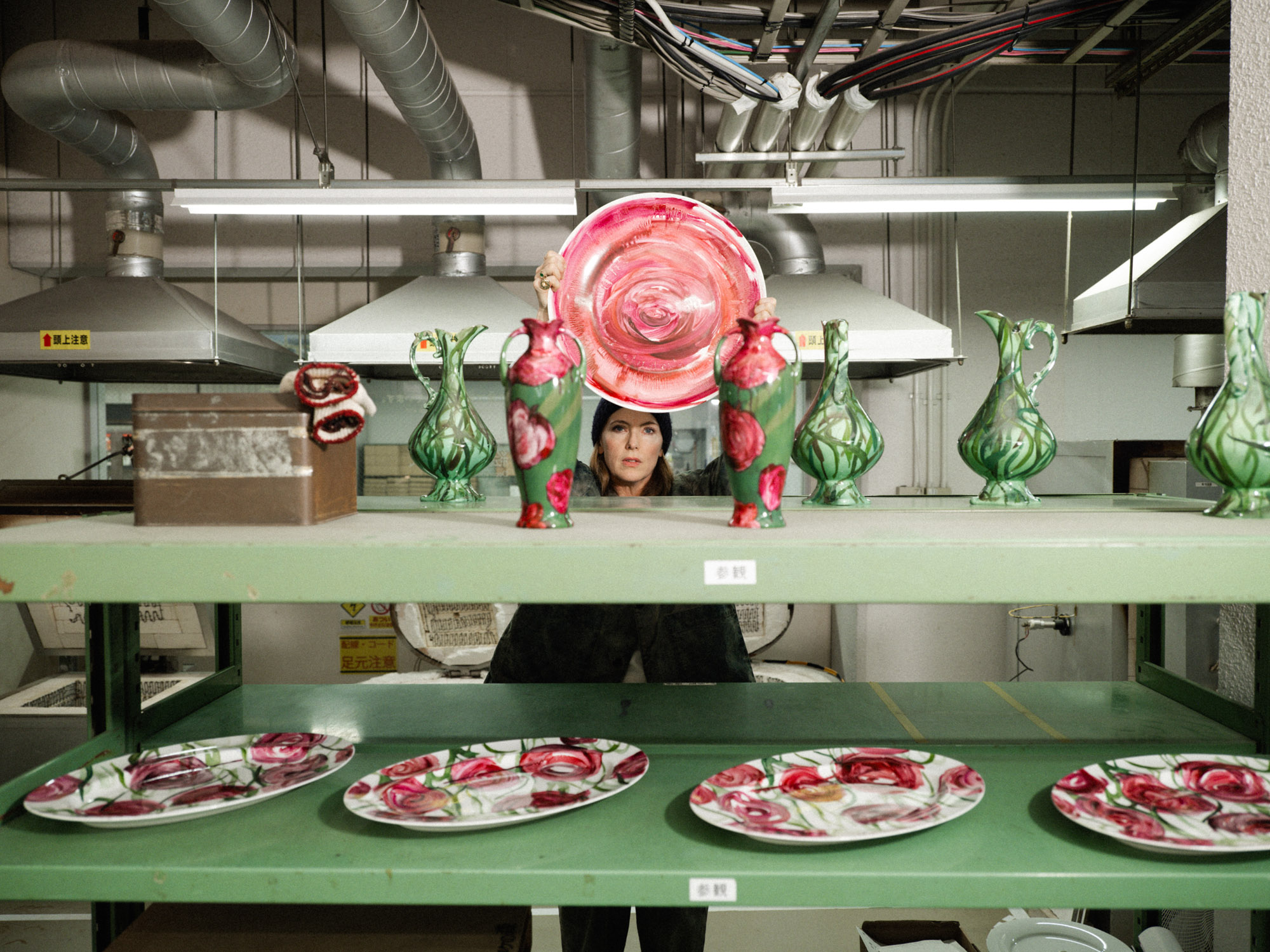 Faye Toogood comes up roses at Milan Design Week 2025
Faye Toogood comes up roses at Milan Design Week 2025Japanese ceramics specialist Noritake’s design collection blossoms with a bold floral series by Faye Toogood
By Danielle Demetriou
-
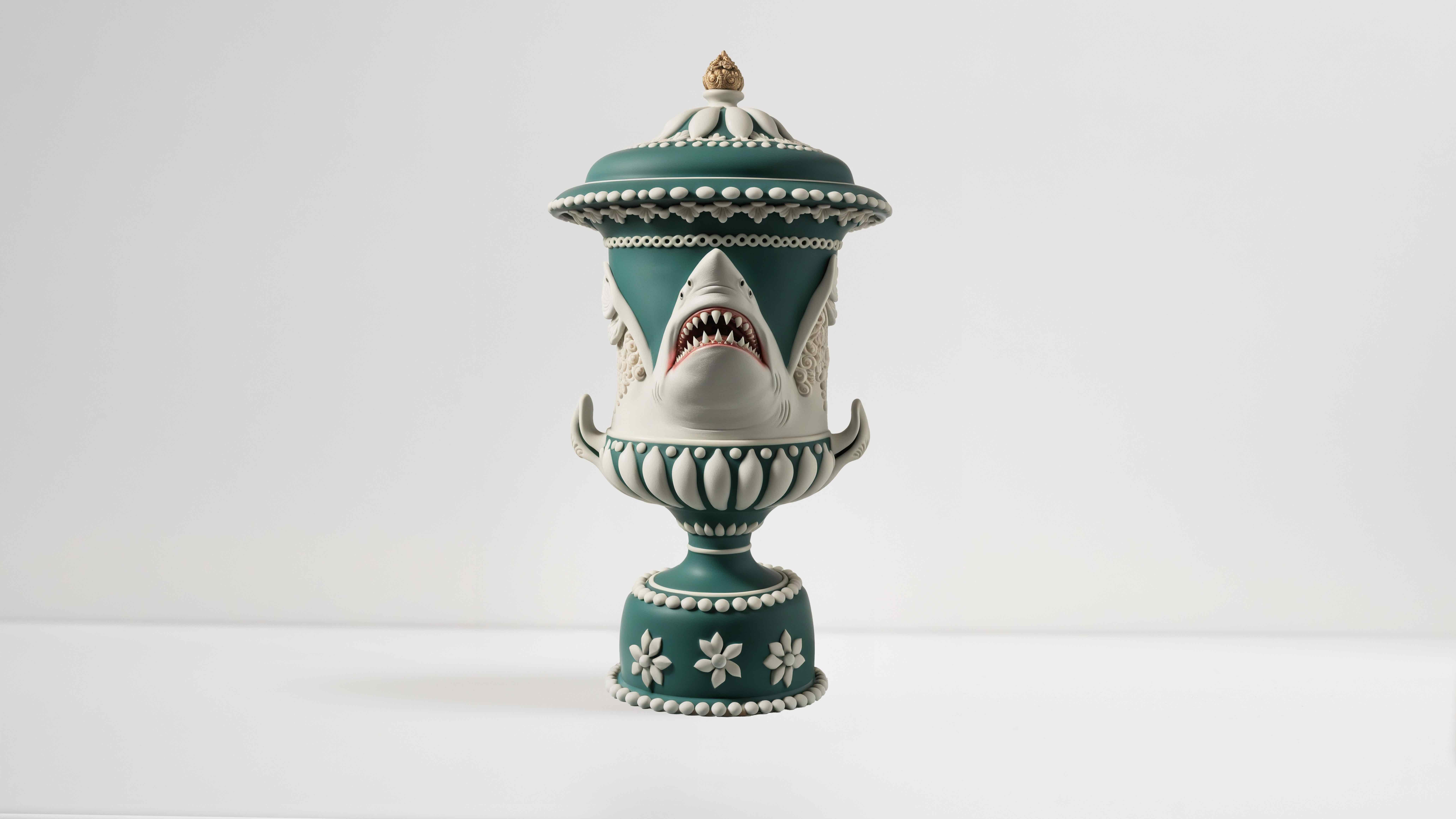 Wedgwood’s AI tool lets the public reimagine Jasperware for its 250th anniversary
Wedgwood’s AI tool lets the public reimagine Jasperware for its 250th anniversaryTo celebrate 250 years of Jasperware, Wedgwood debuts an AI tool that opens up the design process to the public for the first time
By Ali Morris
-
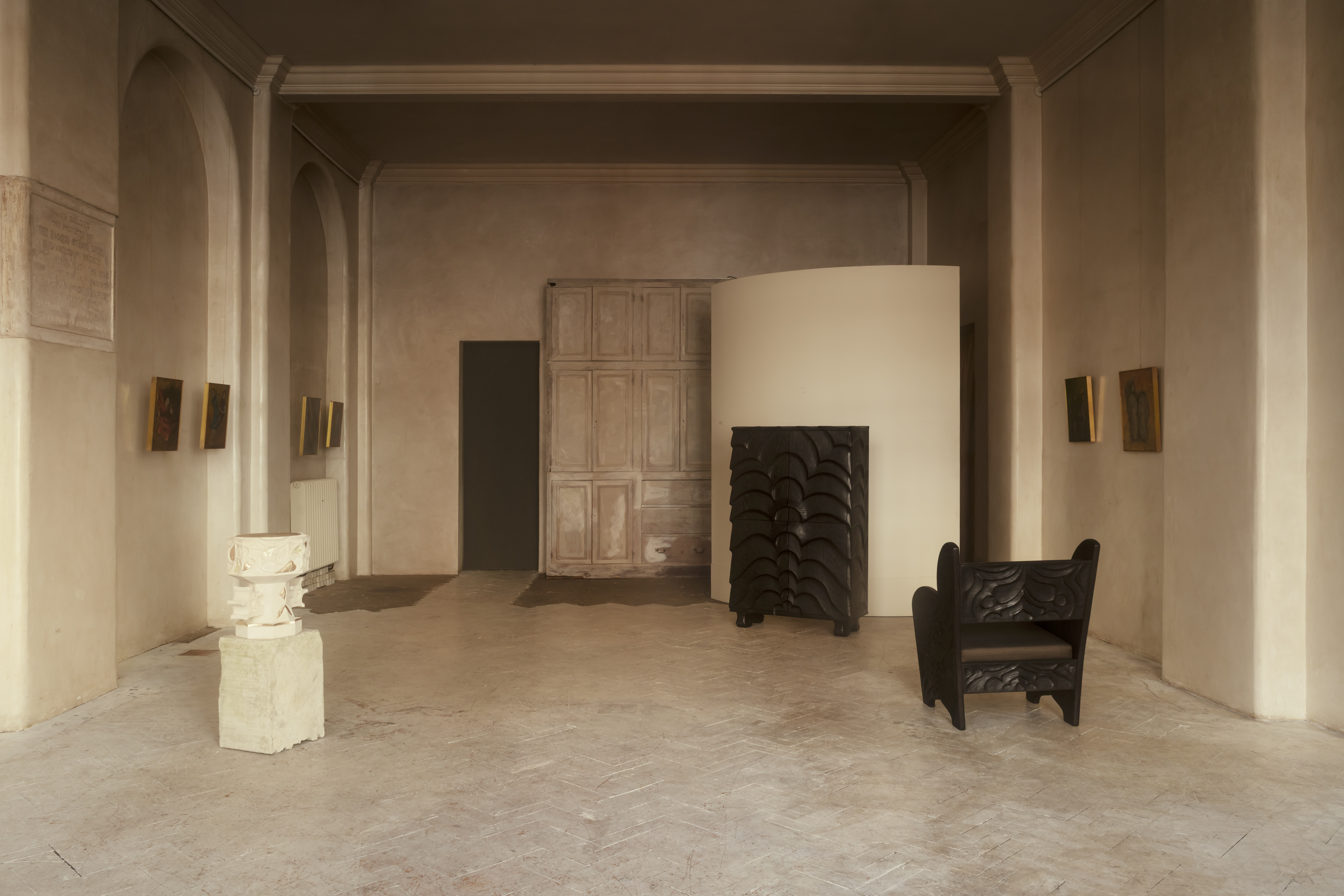 A new London show explores material magic with medieval melancholy
A new London show explores material magic with medieval melancholyInspired by deconsecrated monasteries, interior designer and curator Jermaine Gallacher takes us on a journey through time and mood in a London exhibition at The Ragged School
By Billie Muraben
-
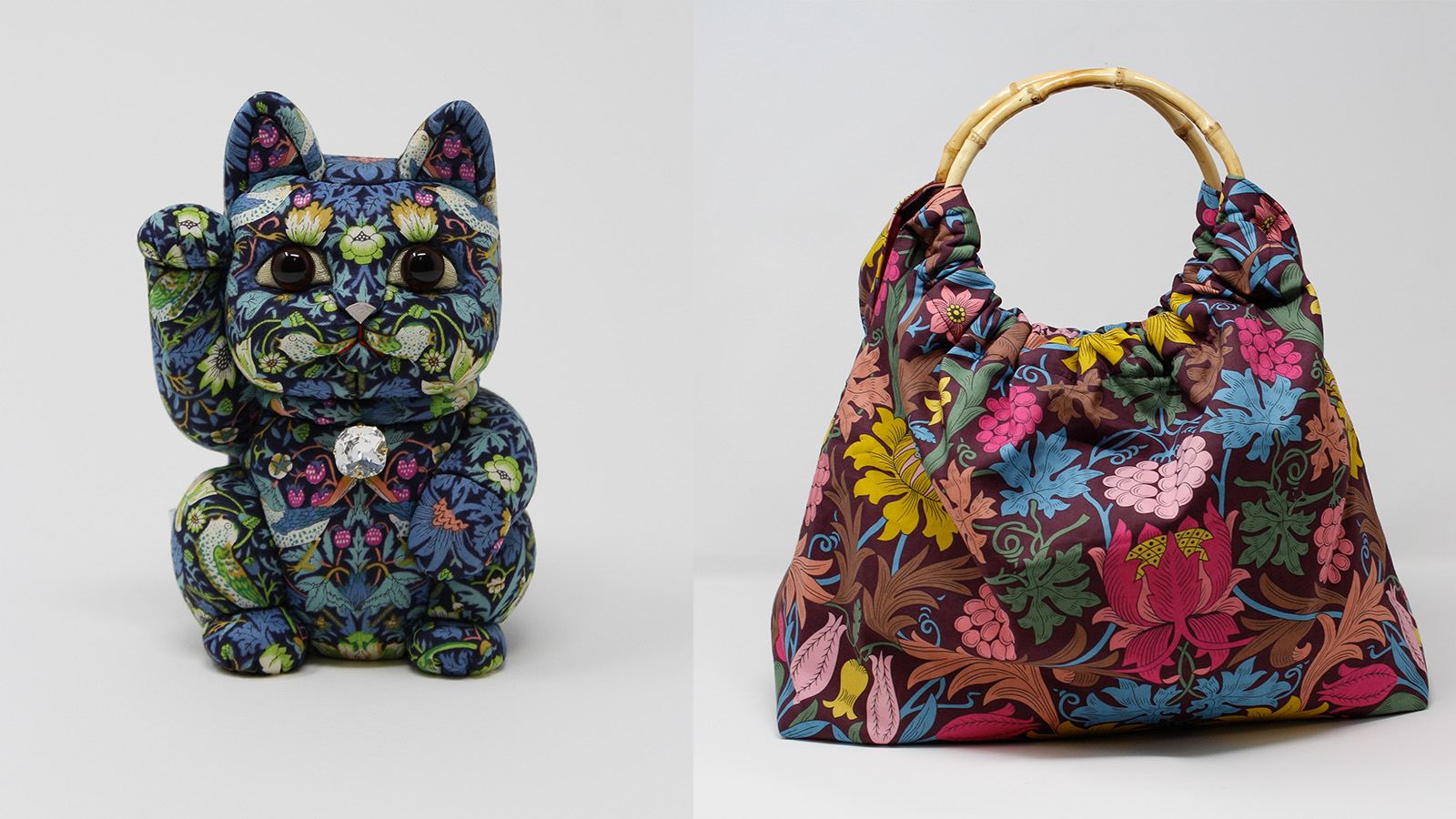 William Morris mania meets the design industry’s darker side in a new London show
William Morris mania meets the design industry’s darker side in a new London show‘Morris Mania’ at the William Morris Gallery explores the British designer’s complicated legacy in an ever-more commodified world
By Tianna Williams
-
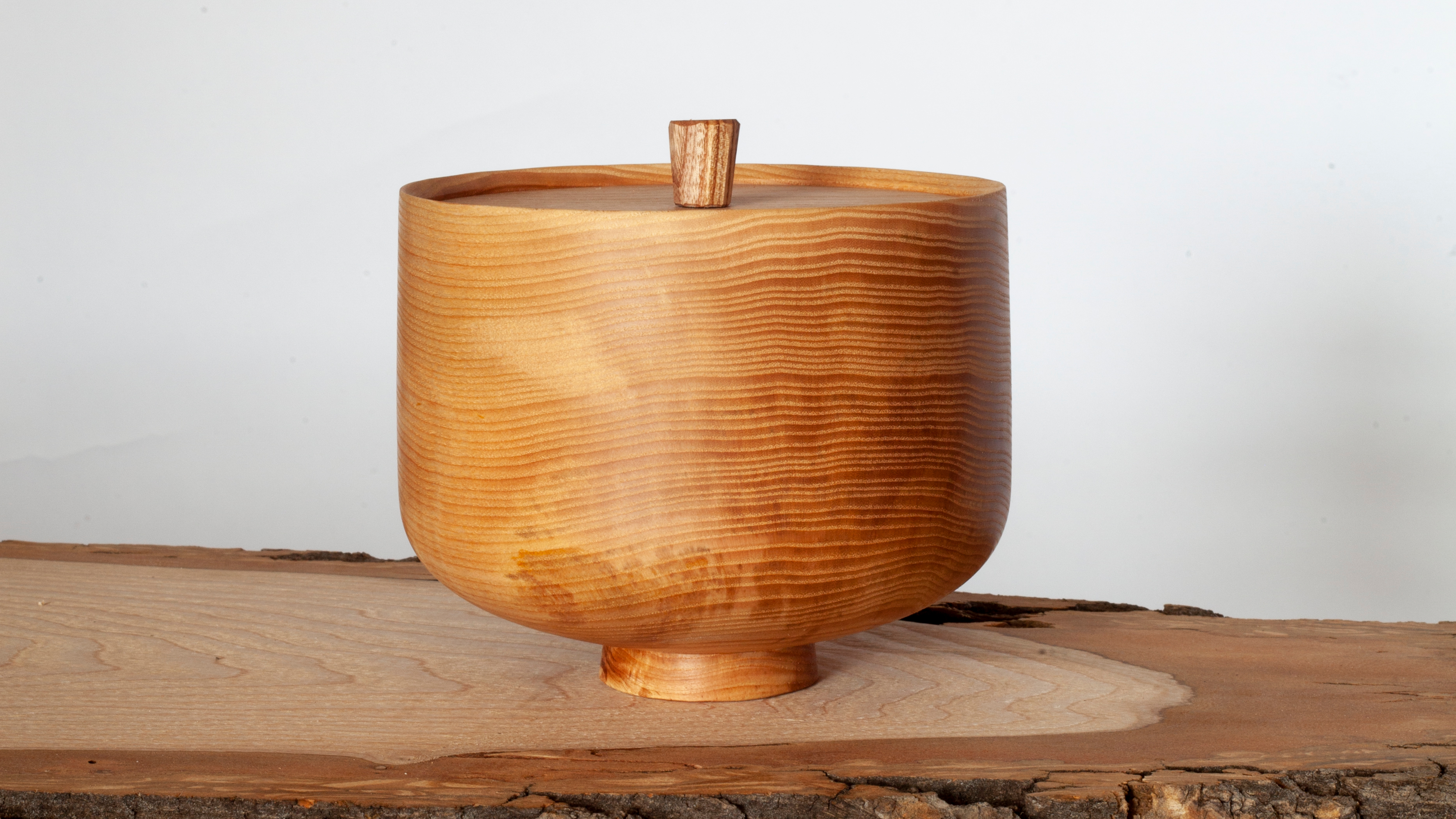 Reimagining remembrance: Urn Studios introduces artistic urns to the UK
Reimagining remembrance: Urn Studios introduces artistic urns to the UKBridging the gap between art and memory, Urn Studios offers contemporary, handcrafted funeral urns designed to be proudly displayed
By Ali Morris
-
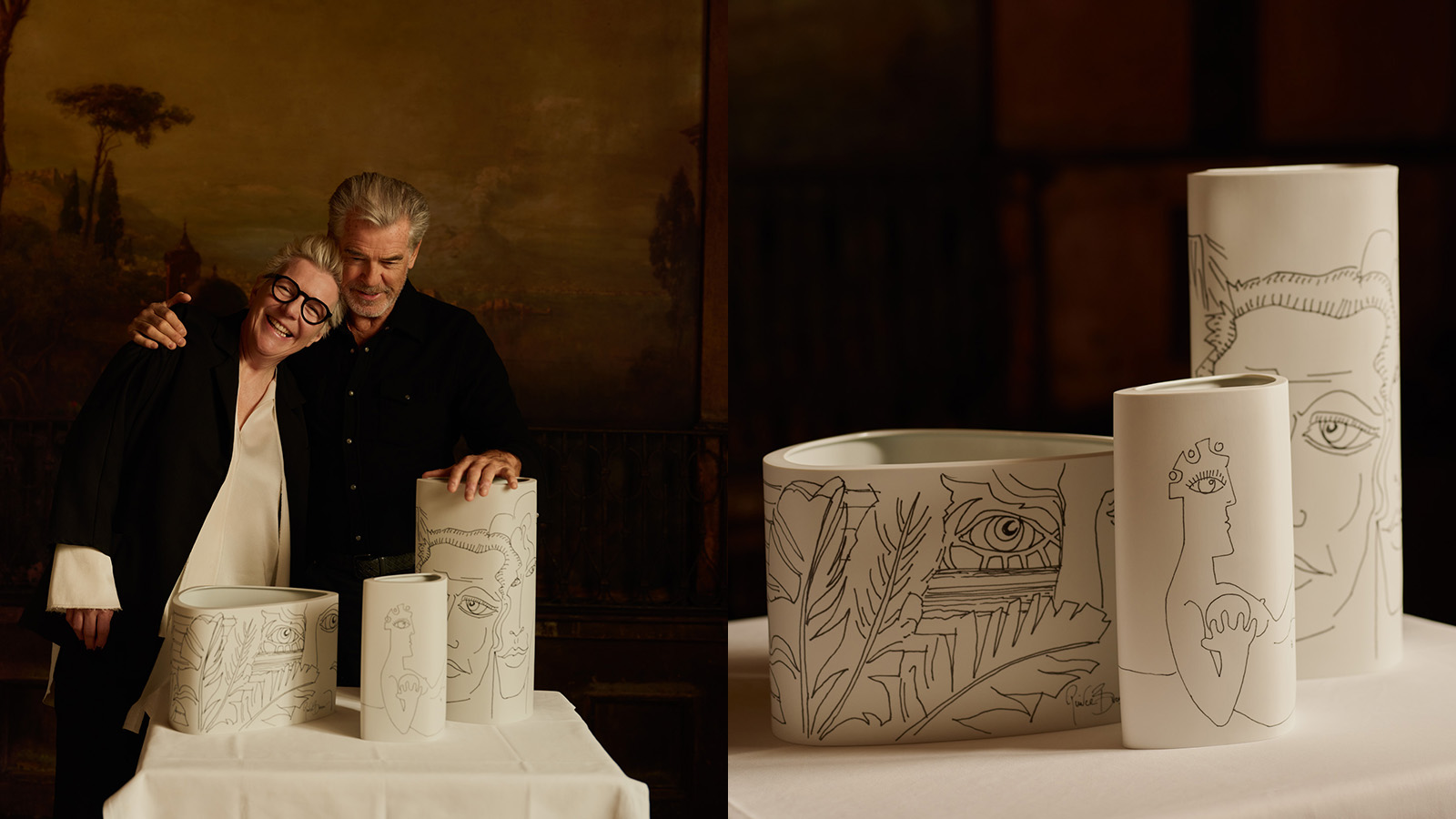 Pierce Brosnan and Hering Berlin's ceramic vases explore love, loss and renewal
Pierce Brosnan and Hering Berlin's ceramic vases explore love, loss and renewalActor and artist Pierce Brosnan translates his ‘So Many Dreams’ artworks to Hering Berlin ceramic vases in a new limited edition
By Tianna Williams